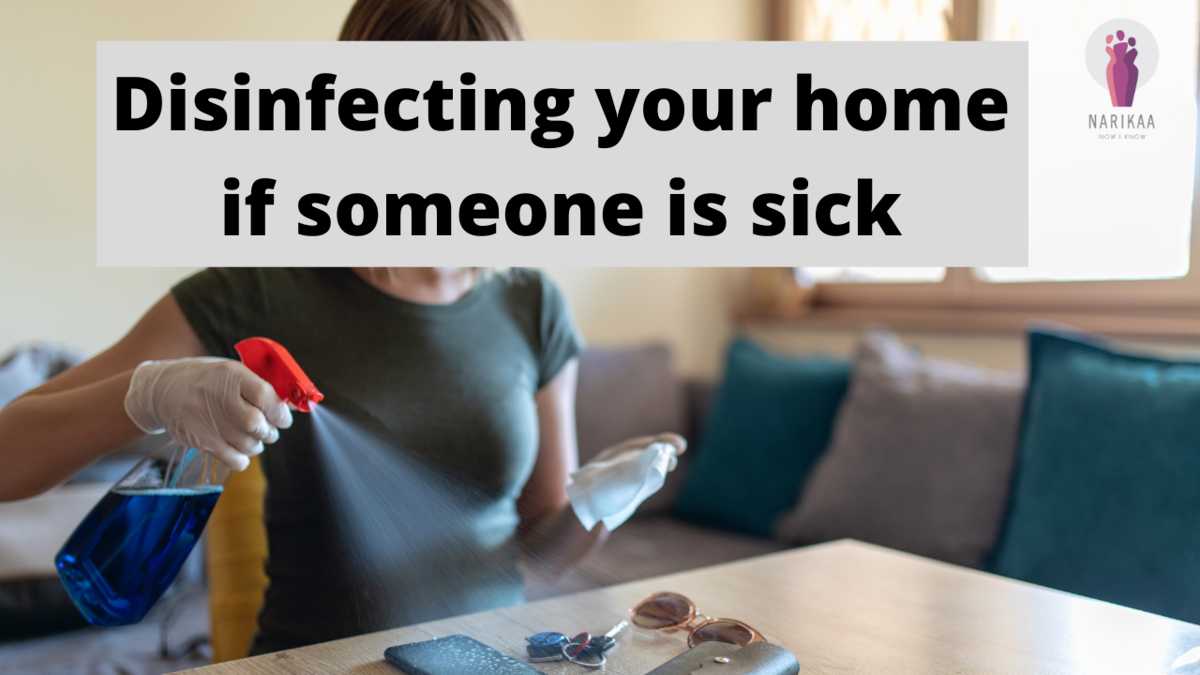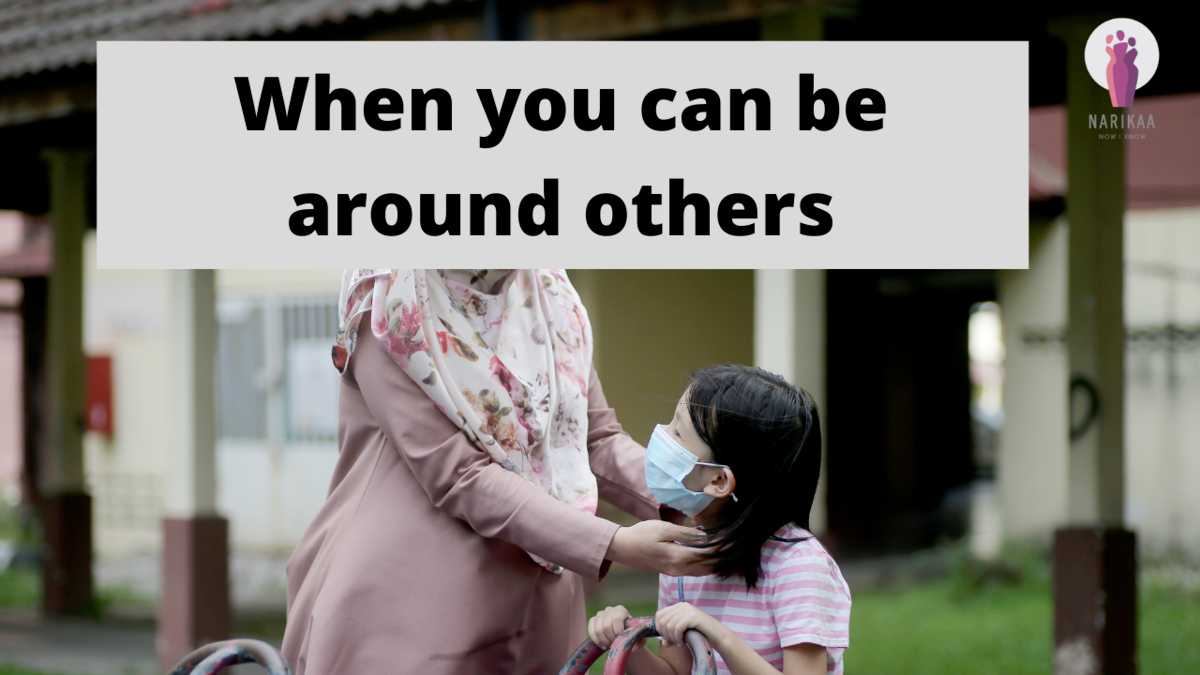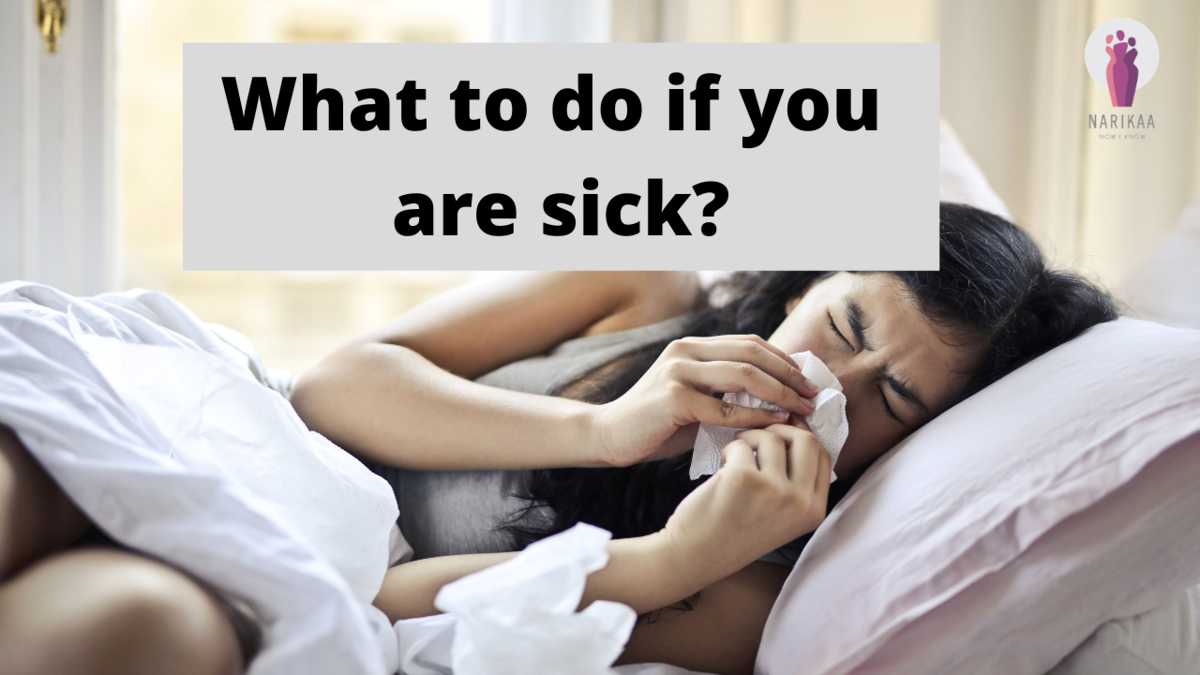Caring for someone infected with or suspected of a COVID infection at home requires you to take intensive care to protect yourself.
Caring for someone infected with or suspected of a COVID infection at home requires you to take intensive care to protect yourself and others from contracting the illness. Taking care of asymptomatic or mildly symptomatic patients in a non-healthcare setting i.e., at the residence is equally safe when dealing with the infection. Providing home care in quarantine and isolation is an effective way to treat the infection prudently and limit its spread to others.
What to do when taking care of a COVID patient during home care?
- Patient should at all times use a triple layered mask and change it 8 hourly or earlier if soiled or dirty.
- Follow the doctor’s instructions on medication and care to the T.
- Try taking over the counter medications only after consulting with your physician.
- Ensure that the patient gets ample rest.
- Make sure the patient is continually consuming fluids. A lot of fluids will help flush the toxins out of the body in addition to keeping the patient hydrated and healthy.
- If you are at a different residence as the patient, help them get groceries, medicines, and other essentials.
- If they have any pets, take care of them while limiting their contact with the patient.
- Keep a close look for the appearance of any warning signs.
- Keep the doctor’s contact number handy.
- At the slightest deterioration in symptoms, seek immediate medical help, and consider hospitalization if the doctor advised it.
- Keep windows to the room of the patient open for improved airflow.
- There should be a no visitor policy in place.
- Clean and disinfect the patient’s room and the areas around thoroughly and often using hypochlorite as per the manufacturer guidelines
When is emergency medical attention required?
You may need an immediate doctor’s visit or hospitalization under the following circumstances:
- If the patient has trouble breathing
- Pressure or pain in the chest
- Confusion or inability to focus
- Extreme drowsiness
- Bluish tint on the face or lips
- Continuous and unresponsive fever lasting for more than 3 days.
- SpO2 that is less than 95%.
- Weakness and inability to move any limbs.
Even if one of these symptoms is noticed, seek immediate medical assistance. Stay alert at all times, and do not panic in case of an emergency. A composed response and close medical attention go a long way in the complete cure from the infection.
Guidelines for caretakers to avoid the spread of infection
- Care takers are also required to take prophylaxis. This will be advised by the consulting doctor.
- Limit your contact with the patient as much as possible.
- Keep the patient’s room, bathroom, and items of daily use separate.
- Wear disposable gloves and a triple layered mask when attending to the patient.
- Wash your hands with soap and water thoroughly after attending to and coming in proximity with the patient.
- Track your health symptoms and avail medical assistance as a precautionary measure if needed.
- Avoid exposure to eating utensils, bed linen, clothes and towels used by the patient.
- Use garbage bags for lining the trash can and wash your hands often.
- Disposable of soiled and used masks should be done properly as per ICMR guidelines.
By giving proper care and observing appropriate precautionary measures, the infection can be effectively treated, and its spread contained. Keeping a close track of the symptoms and administering timely medications and fluids is the key to tackling COVID.
Special Thanks to Dr. Anju Soni (M.B.B.S, M.S., FICOG, FICMCH, CIMP) for the expert advice.









